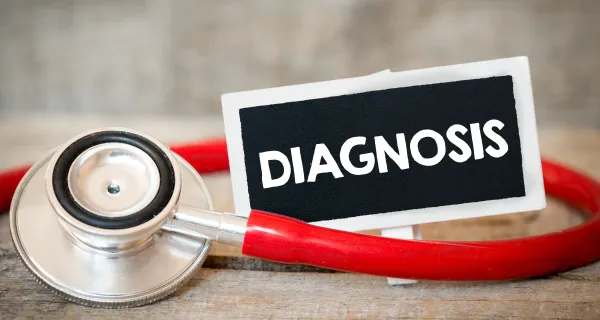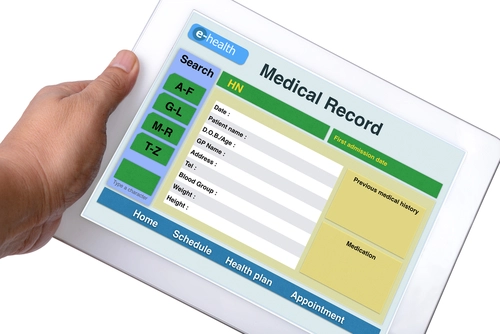Master Sepsis Coding with This Primer

Hint: Key facts can assist with sepsis coding regulations. With annual ICD-10 changes, coders might be tempted to focus entirely on the new and deleted codes. But in all that hustle to master code updates, we often neglect some code-set changes that are just as important: the guidelines. “While becoming familiar with the annual changes to specific ICD-10-CM codes is important, it is equally important to review the coding guidelines for additions, revisions, and deletions,” says Amanda Corney, MBA, medical billing operations manager for Medical Resources Management in Rochester, New York. Goal: That’s why we’re here to give you a closer look at all the most important sepsis changes to the 2019 ICD-10-CM guidelines. Recall the Code Changes Before diving into the guidance, remember that ICD-10-CM 2019 deleted codes T81.4XXA (Infection following a procedure, initial encounter), T81.4XXD (… subsequent encounter), and T81.4XXS (… sequela) and replaced them with about 20 new codes that fall under the following parent codes: Each of these codes requires a treatment-stage seventh character of A (for initial encounter), D (for subsequent encounter), or S (for sequela). Coder tip: Remember to add a placeholder of “X” before you add the “A,” “D,” and “S” seventh character designations. Keep Up with Code Sequencing Instructions You’ll find the ICD-10-CM official guidelines for coding and reporting in the front of your manual, and specifically, the “Sepsis, Severe Sepsis, and Septic Shock” guidelines in Section I.C.1.d. One change to the 2019 guidelines in this section that you need to know appears in bold, as follows: “For infections following a procedure, a code from T81.40, to T81.43 (Infection following a procedure…), T88.0, (Infection following immunization), or a code from O86.00 to O86.03, (Infection of obstetric surgical wound…), that identifies the site of the infection should be coded first, if known. Assign an additional code for sepsis following a procedure (T81.44) or sepsis following an obstetrical procedure (O86.04). Use an additional code to identify the infectious agent. If the patient has severe sepsis, the appropriate code from subcategory R65.2 should also be assigned with the additional code(s) for any acute organ dysfunction.” In addition to some semantic changes, you’ll want to take specific note of the instructions on code sequencing. First, you will select one of the appropriate codes listed above to report the underlying postprocedural infection. Next, you will either report T81.44- (Sepsis following a procedure) or O86.04 (Sepsis following an obstetrical procedure), depending on the patient’s surgical status. Next, you should report a third code to identify the infectious agent. Finally, you will report a code from R65.2- (Severe sepsis) if the patient has documented severe sepsis. Beware of New Post-Infusion Infection Policy Within the same set of guidelines, the ICD-10-CM manual offers a new rule regarding postprocedural infections following infusion, transfusion, therapeutic injection, or immunization: “For infections following infusion, transfusion, therapeutic injection, or immunization, a code from subcategory T80.2, Infections following infusion, transfusion and therapeutic injection, or code T88.0-, Infection following immunization, should be coded first, followed by the code for the specific infection. If the patient has severe sepsis, the appropriate code from subcategory R65.2 should also be assigned, with the additional codes(s) for any acute organ dysfunction.” Note: This guideline does not instruct you to report postprocedural sepsis codes T81.44- or O86.04 as secondary diagnoses, if applicable. Instead, you should report only R65.2 if the physician documents severe sepsis. New Guidelines Require More Specificity for Sepsis, Shock The last guideline under Section I.C.1.d that you should note involves revisions to postprocedural infection and postprocedural septic shock coding guidelines (changes in bold): “If a postprocedural infection has resulted in postprocedural septic shock, assign the codes indicated above for sepsis due to a postprocedural infection, followed by code T81.12-, Postprocedural septic shock. Do not assign R65.21, Severe sepsis with septic shock. Additional code(s) should be assigned for any acute organ dysfunction.” Do this: Based on these guideline revisions, here’s how you should code a patient experiencing postprocedural septic shock following an infection: Brush up: Abiding by these new sepsis guidelines requires a firm knowledge of what constitutes a diagnosis of sepsis versus septic shock. The ICD-10-CM official guidelines on sepsis explain it best: “Septic shock generally refers to circulatory failure associated with severe sepsis, and therefore, it represents a type of acute organ dysfunction.” In contrast, “sepsis is a systemic response to infection,” says Stephan Tong, CPB, CPC, COC, medical billing, coding, and credentialing freelancer with stongrcm.com. “Septic shock occurs when septic infection of the bloodstream has become so severe that the patient will fall into a very dangerous hypotensive state,” explains Tong.




